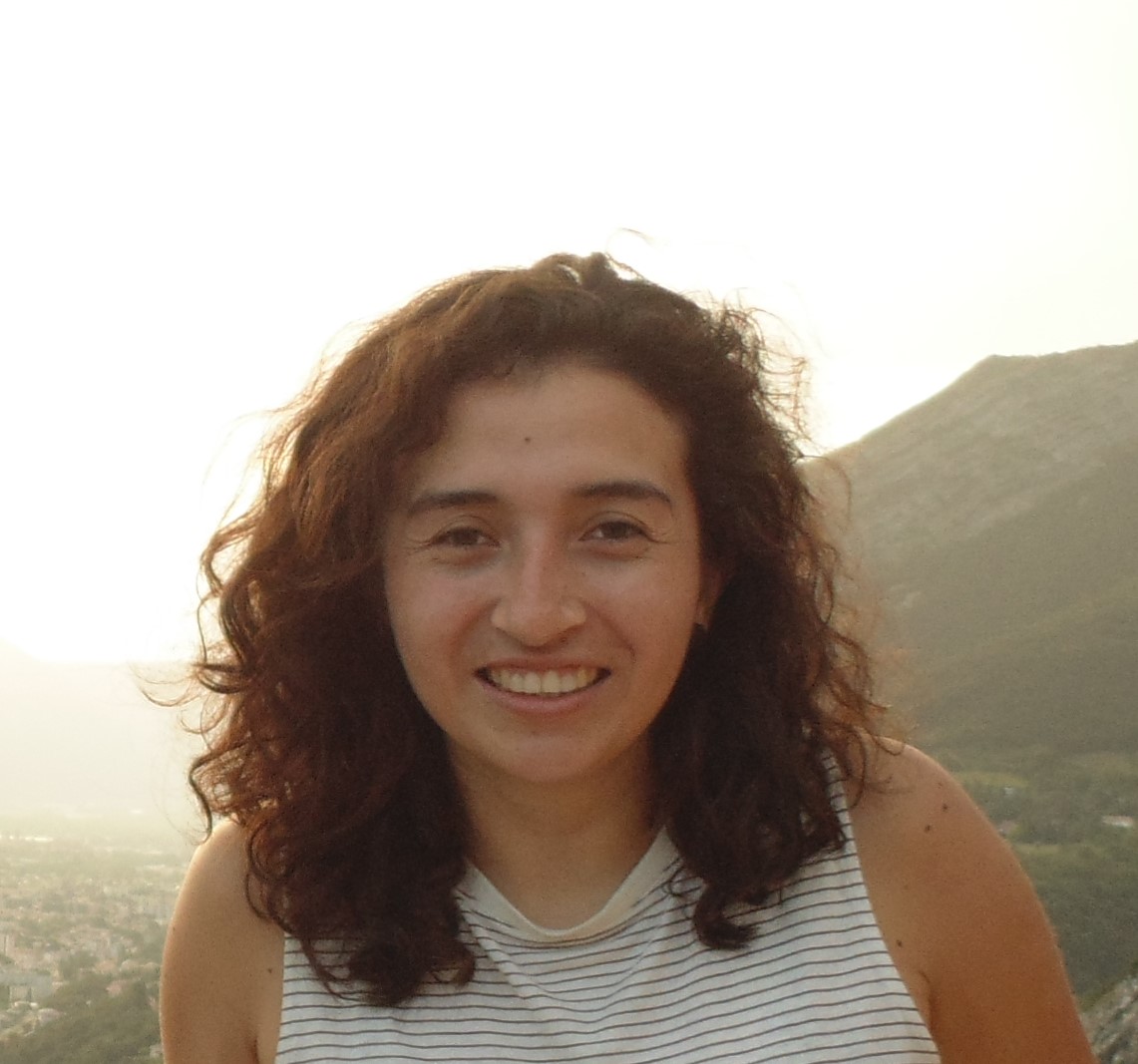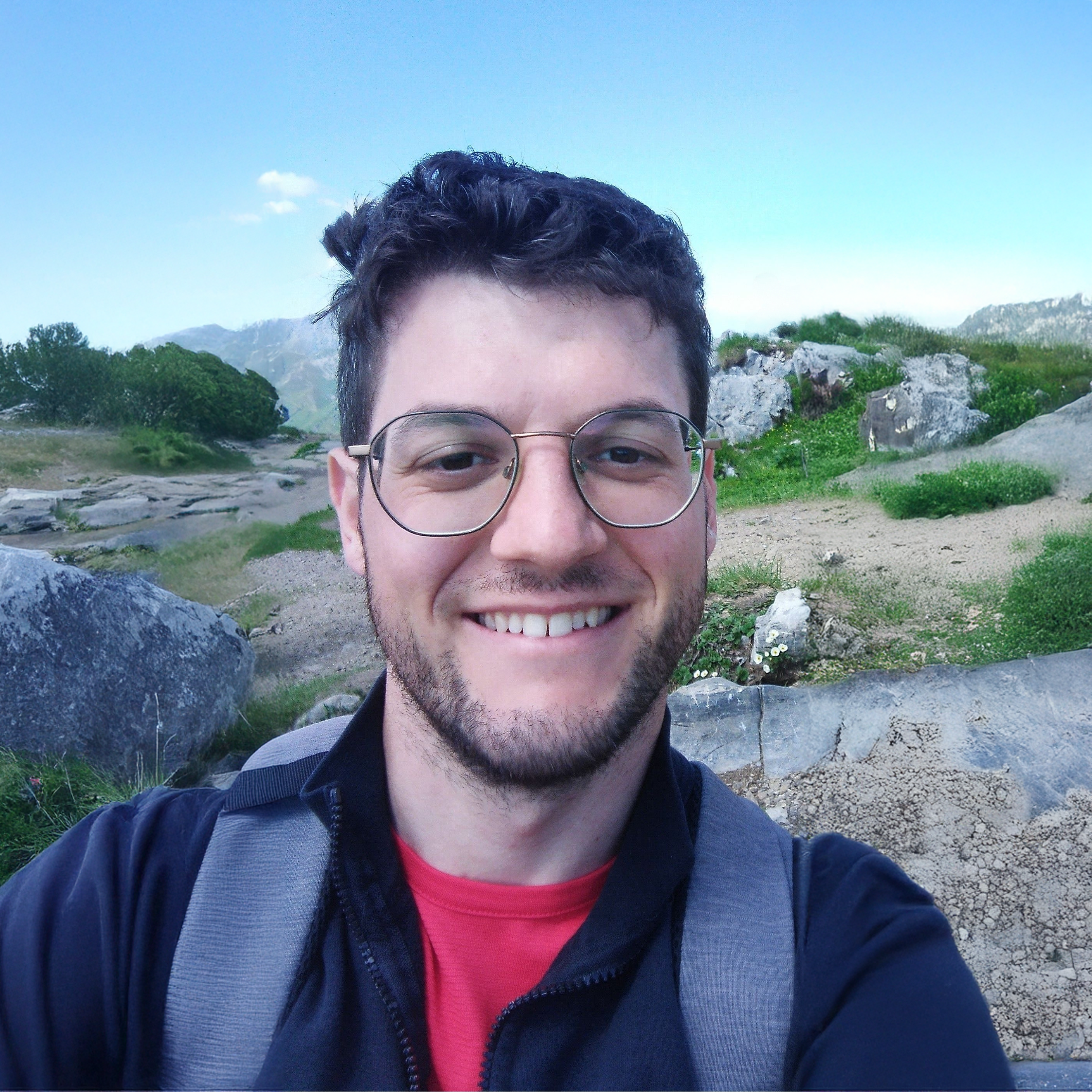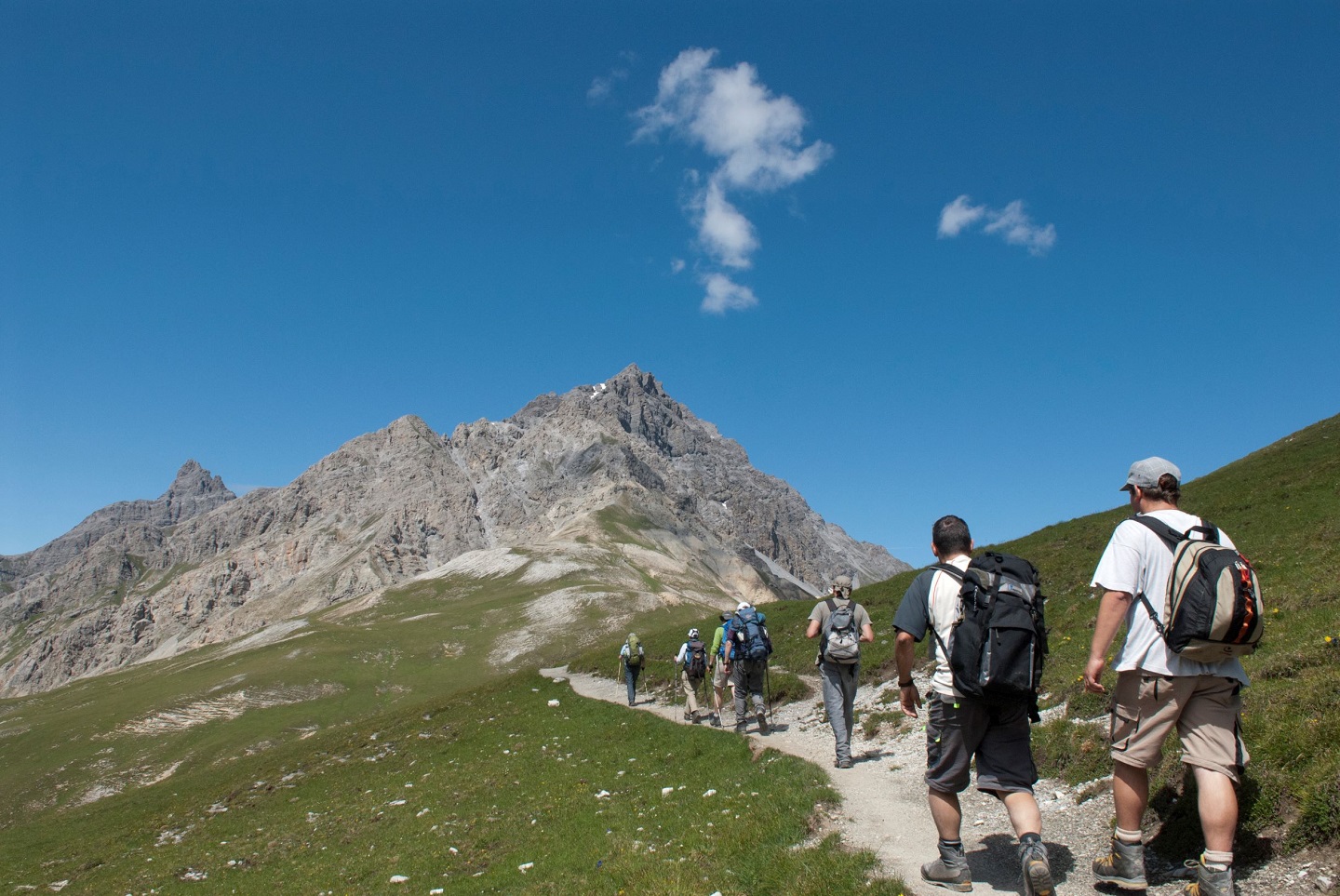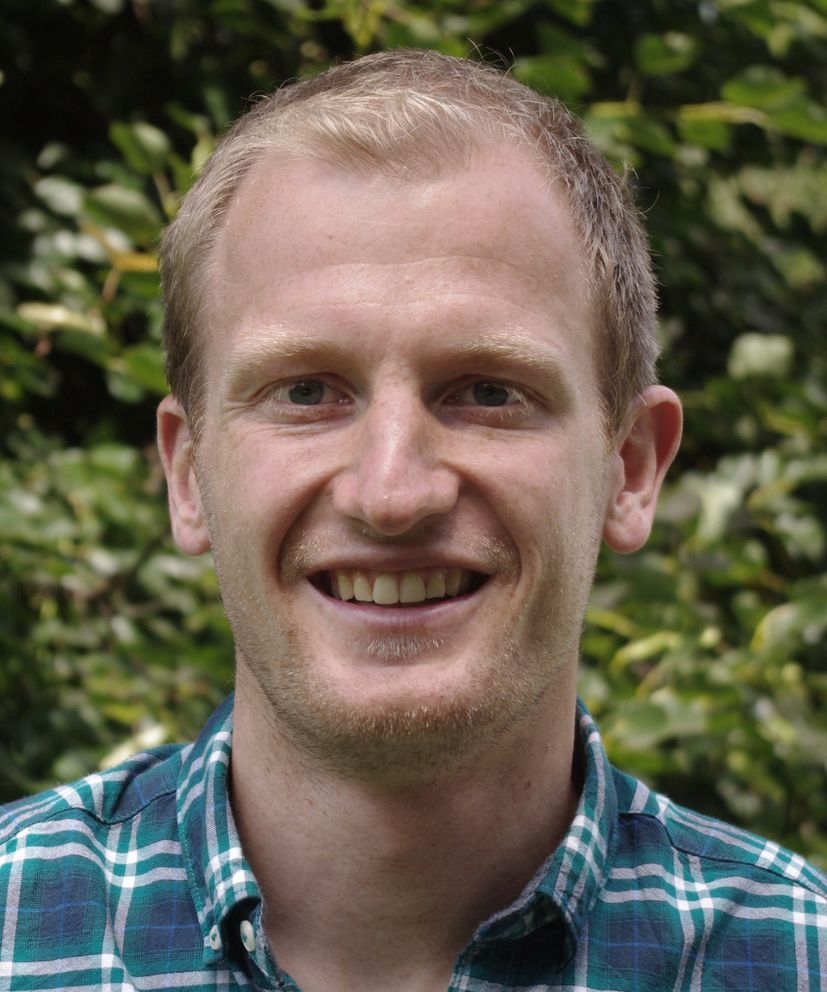It also organizes conferences, symposiums, workshops, exhibitions and meetings along with publishing documents and translations in collaboration with partner organizations.
Furthermore, the staff organizes a meeting between the ALPARC Council and General Assembly once a year in conjunction with a protected area.
Since its founding in 1995, the ALPARC staff has been operating outside of Chambéry, France. The team was originally attached to Les Ecrins National Park and, in 2006, to the Permanent Secretariat of the Alpine Convention under the title “Task Force Protected Areas”. Since 2013, the staff is employed by ALPARC.
|
|
PLASSMANN Guido Director: Management, Biodiversity and Ecological Connectivity Spoken languages: German, French, English |
 |
CORONADO Oriana GIS structuring and operation; Project coordinator Spoken languages: French, English, Spanish |
 |
PERL Laura ALPARC CENTR'ALPS coordinator Spoken languages: German, English, French |
 |
MERZI Pietro Project Coordinator Spoken languages: Italian, English, French |
 |
GUERINI Michele Project Coordinator Spoken languages: Italian, English, French |
 |
GREIDERER Dominik ALPARC CENTR'ALPS coordinator Spoken languages: German, English |

The missions of ALPARC are defined by the Council which is composed of managers of the alpine protected areas, representing the diversity and number of protected areas by alpine country.
It establishes the main directions which define the international work according to the priorities and requests of the protected areas.
ALPARC has a president and two vice-presidents, who lead the Council. They represent ALPARC in official matters.
The Permanent Committee of the Alpine Convention is informed about the ALPARC working programme.
|
|
President Peter Oggier Director of the Pfyn-Finges Nature Park Switzerland |
|
Vice-President Christian Schwoehrer Director of ASTERS, Conservatoire d’espaces naturels Haute-Savoie France |
|
Vice-President Andrea Beltrame President of the Prealpi Giulie Nature Park Italy |
|
|
General Secretary Roland Baier National Park Berchtesgaden Germany |
|
Treasurer Peter Rupitsch Director of the Hohe Tauern/Kärnten National Park Austria |
||
|
|
Franz Handler Director of the Network of Austrian Nature Parks Austria |
|
Volkhard Maier Director of the Kalkalpen National Park Austria |
|
|
|
|
Pierre Commenville Director of Les Ecrins National park France |
|
Marc Joanny Regional Council Provence-Alpes-Côte d'Azur France |
|
Gilberte Brémond Vice Director of the Regional park Baronnies Provençales France |
|
|
Eva Aliacar Director of the Vanoise National Park France |
|
Eric Fournier Vice President of the Environment for the Region Auvergne-Rhône-Alpes France |

|
Dominik Cremer Schulte Vice Director of ALPARC France |
|
|
Claudio la Ragione Director of the Orobie Valtellinesi Regional Park Italy |
|
Maria Margareth Palluber Coordinator of the Tre Cime/Drei Zinnen Nature Park Italy |
|
|
|
|
Helmut Kindle Director Amt für Umwelt Principality of Liechtenstein |
|
Astrid Claudel Rusin Environment Department Principality of Monaco |
|
Christian Stauffer Director of Swiss Parks Network Switzerland |
 |
Andre Arih Nature Conservation Counsellor Triglav National Park Slovenia
|
This poster about the activities of the Platform "Ecological networks" of the Alpine Convention was presented at the 9th Conference of parties of the CBD in Bonn/D in May 2008.
Germany's Federal Agency for Nature Conservation (BfN) is presenting a brochure on the inaugural meeting of the Ecological Network Platform under the Alpine Convention. The meeting was held in Munich/D on 29 March 2007 under the heading "Establishing an Alpine Ecological Network". The proceedings, which have now been published, contain in particular reports from the individual Alpine states and presentations of selected project examples of ecological networking from Germany, France and Austria.
Available in English only.
The measure catalogue has been elaborated in the frame of the Ecological Continuum Initiative.
It lists 69 exemplary measures from all Alpine countries that can contribute to the implementation of ecological networks. The measures show how areas or structures can be created, conserved or restored so that they can play a role as connecting elements within an ecological network.
The measure catalogue has been developed as an instrument to be used by the pilot regions of the Continuum and the ECONNECT projects. Nevertheless it can and should be used by other regions and actors in and outside the Alps who want to improve ecological connectivity.
The catalogue gives examples and ideas and practical information such as contact persons and references. Additionally, an evaluation of economic and ecological aspects has been done for each measure. The catalogue also gives an overview on the sectors and fields that are important when it comes to improving ecological connectivity.
An excel table with summarised descriptions of all measures is part of the catalogue. It can be used as a database in order to select single measures that are suitable for different situations. Macros need to be activated when using the database.
Source: Alpine protected areas database, ALPARC
ALPARC lays out the most up to date map from its Alpine protected areas data base, based on the collection of geographic data from all over the Alps.
Updated in 2008, the display contains a map of the protected areas and gives a summary of the key features of the ALPARC network. It also includes photographs that illustrate the main themes currently being addressed through international cooperation.
The information display is available in four languages and is designed for use at conferences and other events organised by ALPARC and its partners.
Dimensions when set up: 2.4 m x 3 m, umbrella structure.
Covering the history of the relations between humans and the wilderness, the exhibition displays an evolving Alpine landscape, taking the visitor along a temporal trip.
The spiral, symbol of the time advancement, is the shape on which the exhibition relies on to guide the viewer through different epochs, each of them having his own kind of connection between humans and the wilderness.
This trip is composed of 5 epochs and finishes in our future.
Are we ready to welcome the Wilderness the returning wilderness?
Lancement par la France de l’idée de réalisation d’un réseau alpin des espaces protégés
Fondation d’ ALPARC pendant la 1ère Conférence Internationale des Espaces Protégés Alpins organisée par le Parc national des Écrins (FR)
Rédaction du règlement intérieur du Réseau Alpin des Espaces Protégés (ALPARC) ; Reconnaissance officielle d’ALPARC en tant que contributeur à la Convention Alpine
Conférence des espaces protégés de la montagne européenne
Le Comité de Pilotage / Comité Permanent de la Convention alpine charge ALPARC d’une étude sur les réseaux écologiques et espaces transfrontières
ALPARC fête ses 10 ans d’existence

Le personnel d’ ALPARC est rattaché au Secrétariat permanent de la Convention alpine, sous l’appellation « Task Force Espaces Protégés »
Officialisation du partenariat entre CIPRA, ISCAR, et WWF dans le cadre du projet Ecological Continuum Initiative
Dans le but de constituer un véritable réseau écologique, ALPARC lance avec d’autres organisations partenaires un grand projet concernant les corridors écologiques
Signature du Mémorandum de Coopération entre la Convention alpine, la Convention des Carpates et la Convention de la Biodiversité
ALPARC coordonne les activités de la Plateforme « Réseaux écologiques » de la Convention Alpine
En janvier ALPARC acquiert le statut légal d’ « association » en France et se détache de l’unité de coordination du Secrétariat Permanent de la Convention Alpine.
En février l’association ALPARC et la Convention Alpine signent un Mémorandum de Coopération en vue de faciliter la coopération entre les deux organisations et bénéficier de possibles synergies.
ALPARC fête ses 20 ans d’existence
ALPARC lance la première édition de l’événement international « Les Jeunes au Sommet » dans le but d’aider la jeunesse alpine à se reconnecter à la nature et à son patrimoine
ALPARC démarre son action dans le champ de travail « développement régional et qualité de vie » dans le cadre des projets InnovAlps et WeWild
ALPARC dirige le projet triennal de l‘UE Espace Alpin ALPBIONET2030 pour la gestion de la faune et de l’habitat alpins, ainsi que le projet YOUrALPS afin de structurer le sujet de l’éducation à la montagne et d’y intégrer les valeurs et les connaissances dans une application pratique.
ALPARC devient partenaire du projet sur 2 ans de l‘UE Espace Alpin GaYA visant à stimuler la participation des jeunes dans les Alpes
Lancement de la campagne de communication « Be Part of the Mountain », qui vise à réduire l’impact des pratiquants des sports d’hiver sur la faune alpine
Le 11 avril est fondée officiellement la nouvelle plateforme régionale du Réseau Alpin “ALPARC CENTR’ALPS » au Parc Naturel Nagelfluhkette (Balderschwang, DE) afin d’assurer une présence régionale ainsi que la proximité du réseau
ALPARC fête ses 25 ans au Monêtier-les-Bains, Parc National des Ecrins.
Avec 5 partenaires du projet OpenSpaceAlps et 10 partenaires du projet HEALPS2, ALPARC et les partenaires du projet ont achevé avec succès ces projets Alpine Space.
La plate-forme régionale ALPARC CENTR'ALPs est présente avec un point de contact doté de son propre personnel à Immenstadt (DE).
Projet Espace Alpin « PlanToConnect » (projet basé sur les résultats d'ALPBIONET2030). Objectif : intégrer la connectivité écologique dans l'aménagement du territoire de l'espace alpin.
Lancement de deux projets dans l'espace alpin : « LiveAlpsNature » (ALPARC LeadParnter). Objectif : mesures d'orientation des visiteurs des espaces protégés alpins par des offres innovantes (OneHealthApproach) et des plateformes numériques modernes pour les activités de plein air. « AlpsLife » (ALPARC, partenaire central du projet). Objectif : mise à disposition de méthodes pour un monitoring commun de la biodiversité et un système d'alerte précoce alpin sur la disparition des espèces et des habitats.
30 ans de coopération internationale des espaces protégés alpins au sein du réseau ALPARC.